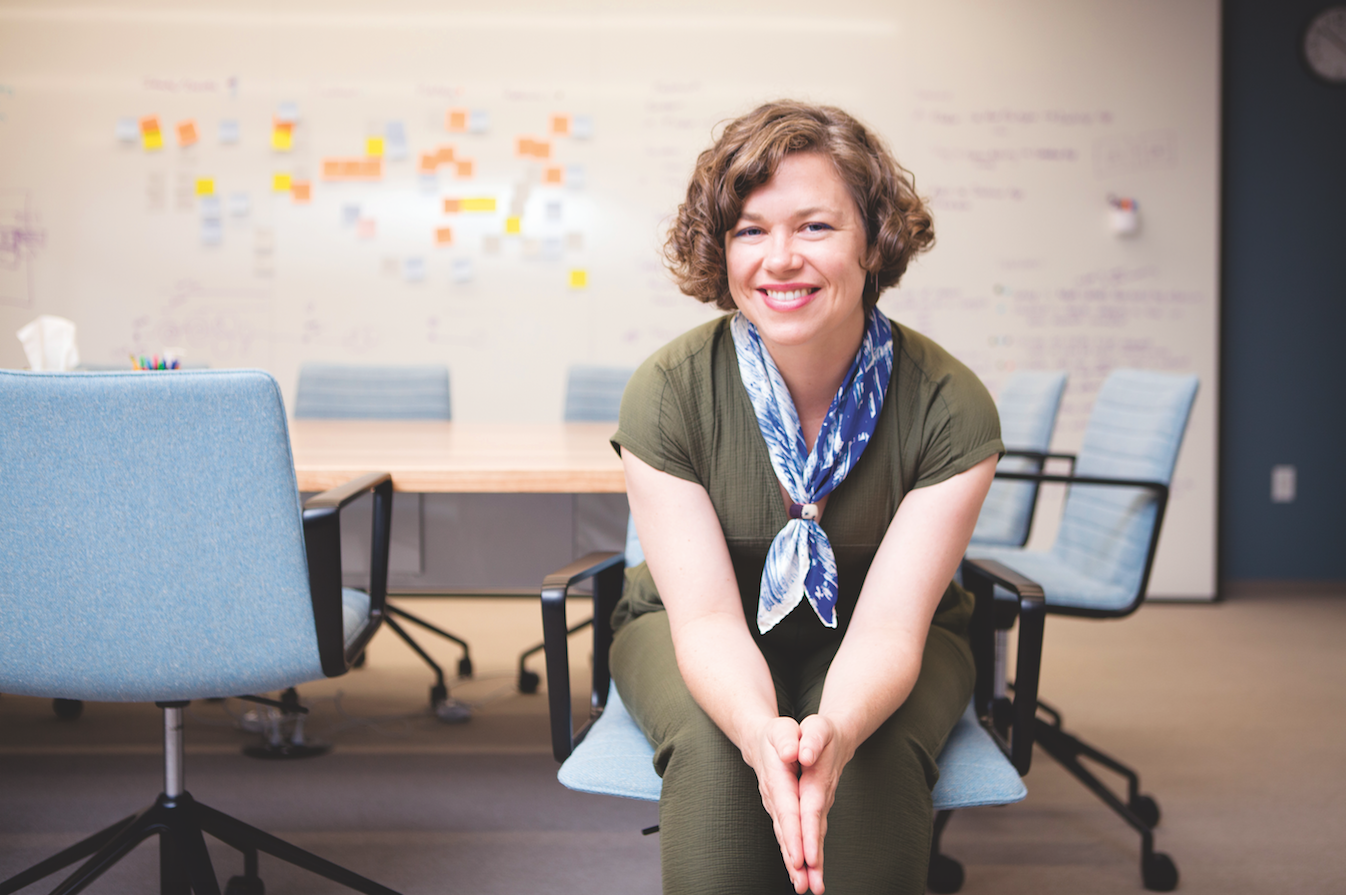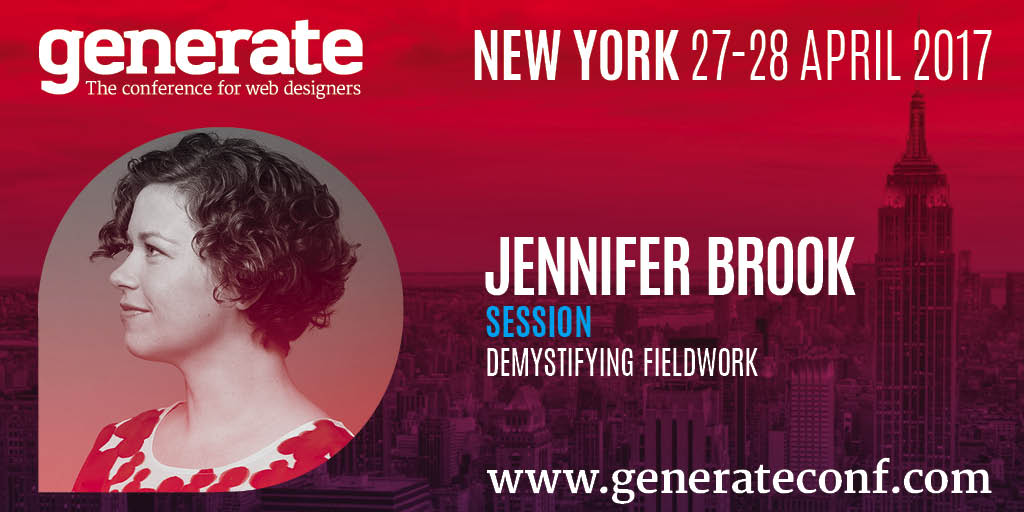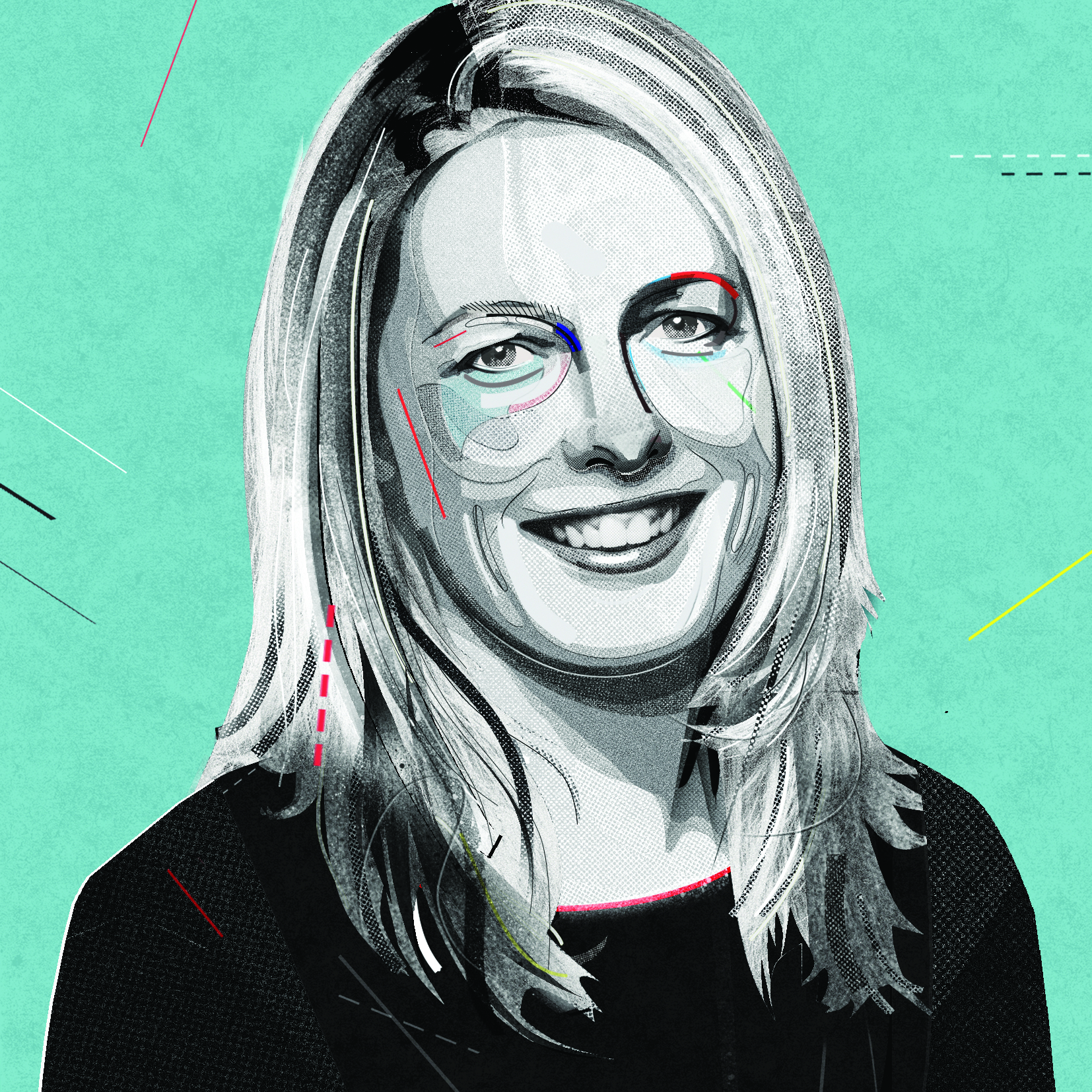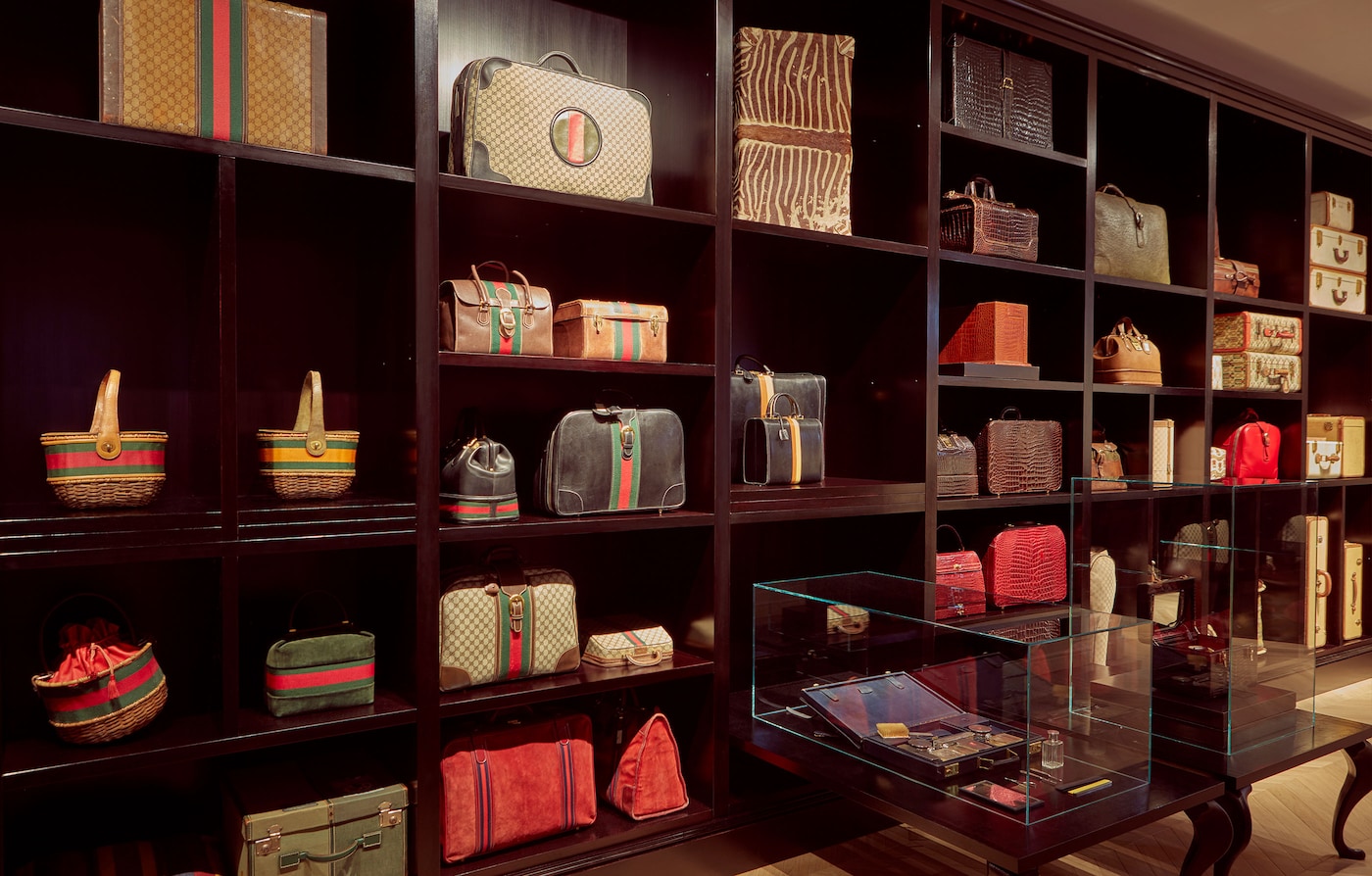Jennifer Brook on design research at Dropbox
Dropbox’s design researcher talks strategy, storytelling and squaring off with Steve Jobs.

Jennifer Brook will talk about user research and demystifying fieldwork at Generate New York on 28 April, which also features Sara Soueidan, Abby Covert, Steve Fisher, and many more.
Get your ticket this Thursday, 9 March, in our 24-hour flash sale and save 50%!
It’s hard to know where to start when talking to Jennifer Brook. There’s the time she went to California to work on the first New York Times iPad prototype, and ended up presenting it on stage with Steve Jobs at Apple’s 2010 iPad keynote announcement. Or the time she lived in a tree house for several years; or when she motorbiked around Southeast Asia during a gap in client work.
When we catch up with her at the end of 2016, she’s just undertaken a huge move to join file hosting service Dropbox’s research team full-time as lead design researcher – relocating from New York to San Francisco, and putting her successful independent consultant business on hold.
It’s an interesting step for someone who spent their initial career working in letterpress and book-making, and more recently collaborating with forward-thinking organisations on a freelance basis. So how did Dropbox manage to lure her in-house?
Meaningful problems
“Last spring, I was working with the Dropbox design team in NYC on some research for new product features,” she explains. “During field visits, I fell in love with the people who use Dropbox. It was eye-opening to see the diverse problems people are using Dropbox to solve. We talked to theatrical set designers who use it to coordinate complex workflows and collaborate with the dozens of people involved in making major Broadway productions. I interviewed someone working for the UN on peace building and crisis management, who uses Dropbox to collaborate with field offices around the globe.
“People were working to solve meaningful problems, across time zones and borders, and I felt inspired by their stories,” she continues. “The challenge of going in-house is finding problems you’re excited to work on for long periods of time. The kinds I discovered last spring felt rich, complex and worthy of my focused time and attention.”
Daily design news, reviews, how-tos and more, as picked by the editors.

Exciting times
Brook's role at the company – which she describes as an authentic, audacious and inclusive place to work – is to shape strategic research. It is, she says, a “delightfully hybrid” job – on one hand supporting and mentoring a small team of talented, autonomous researchers embedded within product teams; and on the other, planning and designing her own research studies.
“I’m doing fieldwork that investigates the culture and values of highly collaborative teams,” Brook explains. “My biggest challenge will be prioritising what we research next. There’s a balance to cultivate between taking on projects that will have an immediate impact, and advocating research that can have a longer-term impact.”
Brook’s love of research was born within her own design practice, where she spent a number of years working almost exclusively on research projects. Strong patterns soon emerged, proving that when a team began a project with open-ended, qualitative inquiry (“Interviewing, observing and working to understand as much as possible about the people you most want to serve”) the resulting ideas and products were above and beyond what could be achieved from only looking inward, or at competitors.
Understanding people through inquiry-based research, Brook says, is critical to making work that strives to be original, relatable and on-point. “When, as designers, we can embody the problem through direct contact with people, we become agile in our approach; less attached to our solutions. When something changes – a business strategy; a goal – we can respond in kind because we have in our head and our heart a well of insight we can draw upon.”

Tablet experience
Brook knows this first-hand. Before launching her consultation practice, she worked on UX for the New York Times’ first-generation mobile, iPhone and iPad apps. While there, her team was invited to Cupertino to build the NYT’s iPad app a number of weeks before Apple announced the device.
“We arrived with a prototype,” she recalls. “This was our first attempt at thinking about what a tablet experience might look and feel like for the New York Times. We were overly focused on form, and we hadn’t taken into consideration – until we had the actual device in our hands – the most likely context of use.”
But a summer earlier Brook had worked with the research team on inquiry-based investigation, focusing on people who use mobile devices to read the New York Times. “The research was broad, and we asked a lot of open-ended questions,” she explains. “I had first-hand experience of hearing readers’ stories and internalising both what they loved about and longed for with digital reading experiences.”
The team’s challenge with designing for the iPad was they didn’t know how people might use it: the platform being designed for didn’t yet exist. However, because they had done their homework, they were able to abandon the prototype and quickly invent something new, by developing hypotheses based around customers’ stories.”
Working inside Apple was an unparalleled experience. As Brook later realised, her team’s work during that month wasn’t to create a compelling app; it was to craft a story to share with the world about why people should care. “The lesson that has stayed with me,” she says, “is what being able to tell compelling stories about our work is as important as doing the work.”
Facing criticism
That wasn’t the only lesson Brook learned during her time at Apple. The team were told from the outset that Jobs expected the same sort of honesty on the iPad as he would be providing on their prototype. She’s commented before that his critique after their first demo was brutal. But it was more than that: Jobs’ management style became a key driving force in her decision to step into a leadership role in the tech industry.
“His critique was bruising, yes,” she agrees, “and it was meant to be. His feedback was candid and valuable, but also harsh. The mythology and glorification of the management styles of people like Steve Jobs, as well as the unexamined emulation of these styles by people in positions of power, is harmful.”
She continues: “I believe we’re undergoing a major, necessary culture shift toward the cultivation of feminine values in business. I want to live in a world where we don’t have to bruise each other in order to make great work. I believe in making work that is inclusive, kind, useful and meaningful. This demands that we cultivate ourselves in these ways.”
Brook’s stake as a leader now is to mentor, support and encourage young designers’ and researchers’ practice. “There’s a place for feedback and critique,” she reflects, “but also a need for warmth and care in how we communicate and relate to each other.”

Asking questions
Despite moving into a research role, Brook still considers herself a designer. Instead of shaping information architecture, interfaces, flows and prototypes, her craft lies in how she asks questions, where they lead, and how these discoveries are framed and shared with teams and organisations.
“The transition from designer to researcher was a long one: I thrive as a researcher, but wasn’t certain about giving up the design part. I still use my design skills every day, but in a slightly different capacity,” she explains. “I believe this is one thing that makes me a good researcher: I understand the kinds of information and insights designers need to feel inspired and confident in their practice. But as a researcher, the work I do can have impact across many aspects of an organisation. As many designers know, designs often fail because of business or strategic decisions.”
If there’s one over-arching lesson she’s learned along the way, it’s to stay in tune with your interests. “Pay attention to aspects of your work that energise you; figure out how to do more of those things and less of everything else,” she advises. “Don’t be attached to the form your practice takes. Learning what we love to do; working to cultivate this love is a lifelong project worthy of our time and focus.”
This article was originally featured in net magazine issue 290; buy it here. Photography by Bryan Tan.

Don't miss Jennifer Brook's talk at Generate New York on 28 April, a one-day/two-track conference with 14 speakers covering information architecture, design systems, chatbots, practical frontend solutions, and more.

Thank you for reading 5 articles this month* Join now for unlimited access
Enjoy your first month for just £1 / $1 / €1
*Read 5 free articles per month without a subscription

Join now for unlimited access
Try first month for just £1 / $1 / €1

Julia is editor-in-chief, retail at Future Ltd, where she works in e-commerce across a number of consumer lifestyle brands. A former editor of design website Creative Bloq, she’s also worked on a variety of print titles, and was part of the team that launched consumer tech website TechRadar. She's been writing about art, design and technology for over 15 years.
